QuestionQUESTION: I have an African Grey with no toes. He has feet, but only one toe, on one foot. He climbs very well and when I feed him he swings out on the door to his cage. He then let's me pet and rub him. He also let's me rub his head through the cage, but the contact ends there. He can't perch so he cant "step up", and like all birds he doesnt want to be "man handled". If I try to pick I'm up he bites so I don't know where to start with him. Even getting him out of his cage is huge hassle, and he starts to shiver because of his fear. How do I start to train him? Would it be possible for him to perch on the palm of my hand? Could he ever become comfortable with me just picking him up, and how do I get to that point?
Thanks,
Jack Kabrich
ANSWER: -- Tell me more about his environment modifications to help his comfort level without toes. Is he missing just the nail part or half the toe to the knuckle or all of it?
http://www.4animalcare.org
---------- FOLLOW-UP ----------
QUESTION: He has no toes except 1 on 1 foot, which is complete. He basically lost all of the toes down to his foot, or very close to his foot. He has his whole foot so he can walk around well, climb well, and balance on the side of his bowl or a very thick perch. He has padding at the bottom of the cage because when he was little he fell and split open his chest twice. Since we have put in the padding he hasn't had any injuries, and rarely falls to the bottom anymore. He puts his 1 toe and nail to very good use, and can pick up small seeds with it. He has learned to be a very good balancer, so the only major set back is he can't perch.
Answer-- I'm so sorry to hear this, but I'm very grateful that you've become his 'parent' and are so determined to help make life good for him.
---
I'd opt for various widths of rope perches which are easier on the legs and are what I use in the 'sleep cages' for the birds here.
You can select the biggest rope perches so that his feet or what's left will seem to be on a flat surface, but for the foot that is sort of 'ok' you want to keep it that way with a perch small enough that it can wrap about 1/2 way around.
--
Other options are flat planks of wood you can slide between the cage bars or using heavy plastic clamps, secure there. I'd avoid metal since most of that will be toxic if he chews on it (like zinc).
At any home improvement store that sells lumber you can find UNtreated white wood (UN treated wood is very pale and very cheap, but it's worth double checking with someone there before you buy).
He can then perch AND have something to chew. It's also usually a 'soft' wood so it'll be easy on his feet/legs.
---
You'll want to maintain his health overall too so start with diet-diet-diet! Especially this type of bird. NO seeds please. None.
Click here to find out what to feed and learn how easy it is
http://www.4animalcare.org/birds
---
Always keep that bottom of the cage pristine clean and with several layers of newspaper to cushion any falls that might be in his future.
---
Of course twice a year vet check ups are necessary for all birds that have life expectancies like this one, but with yours you might want to bump it up to three or four times a year.
These visits aren't nearly as expensive as the internet folklore indicates. What all those people are talking about when they wail about cost is the result of them waiting until they have an emergency before taking their bird in. Of course that's going to be expensive!
But a regular visit - where I am - is just $40. If you go every 4 months we're talking just $10/month.
---
Keep up the good work and sincerely, thank you!
http://www.4animalcare.org

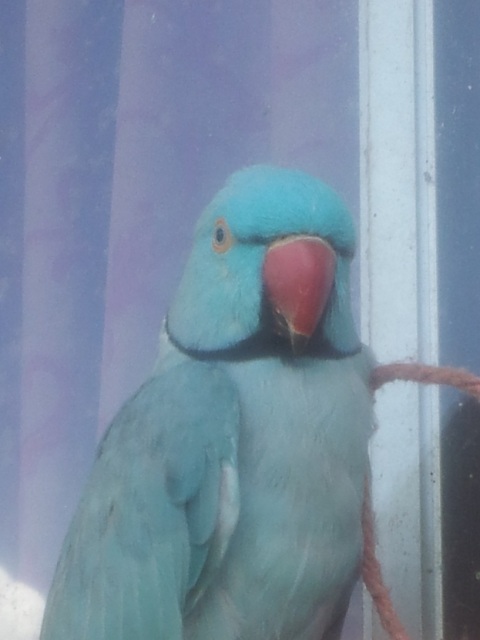 RE: Indian Ringneck probems
Question
Indy our Ringneck
Thank you for your he
RE: Indian Ringneck probems
Question
Indy our Ringneck
Thank you for your he
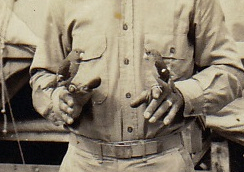 ID Birds
Question
Panama Birds
My uncle served in Panama in 1941
ID Birds
Question
Panama Birds
My uncle served in Panama in 1941
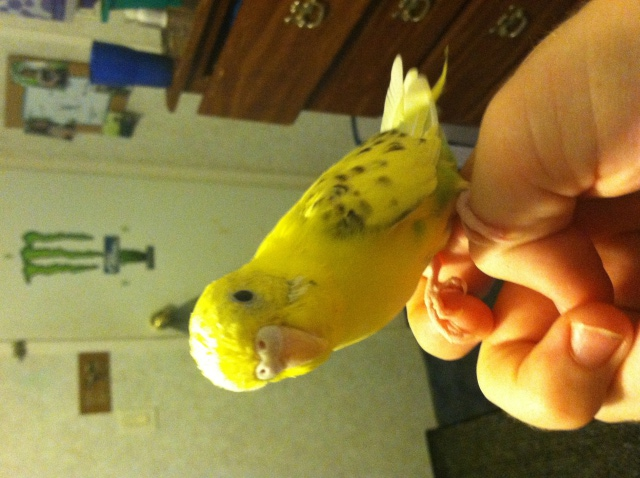 Parakeet gender
Question
Parakeet
Hi, I looked for an expert und
Parakeet gender
Question
Parakeet
Hi, I looked for an expert und
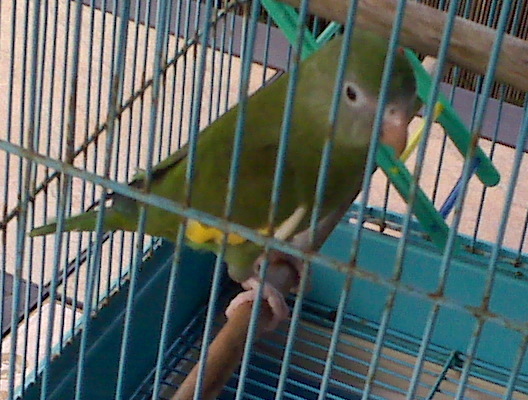 What type of parrot is this?
Question
Friendly bird
A week ago ths small parrot flew
What type of parrot is this?
Question
Friendly bird
A week ago ths small parrot flew
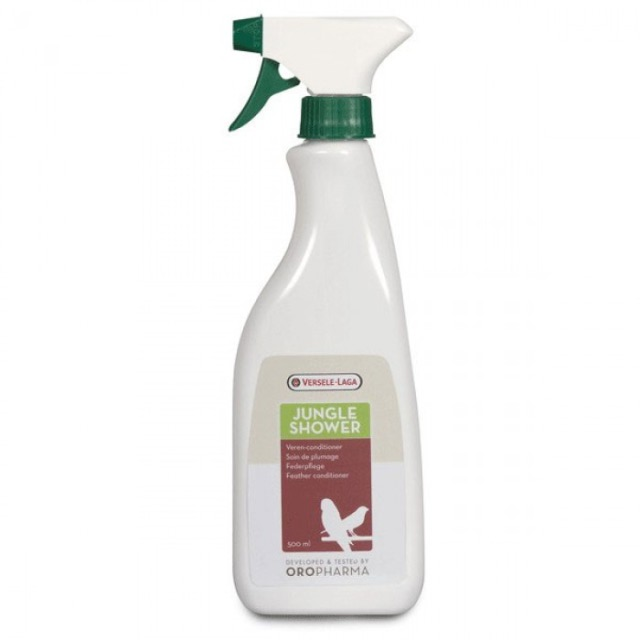 Indian Ringneck Health Issue
QuestionI have an Indian Ringneck who had been neglecte
Indian Ringneck Health Issue
QuestionI have an Indian Ringneck who had been neglecte